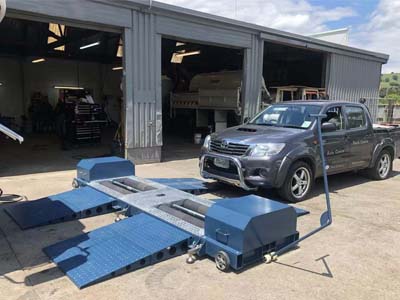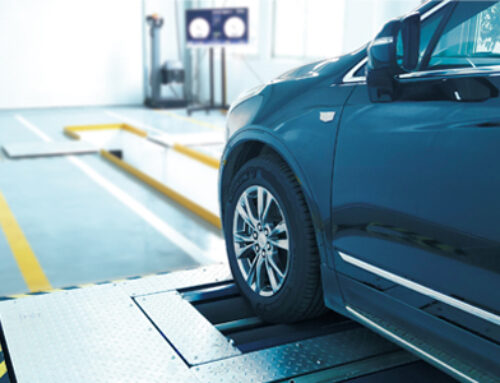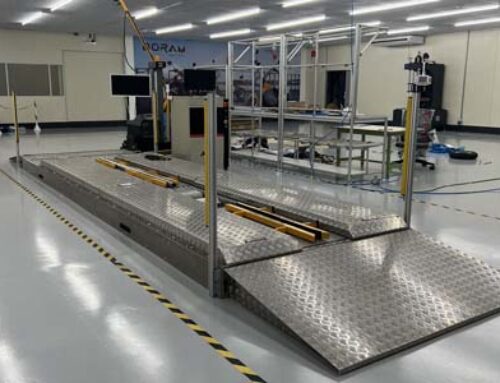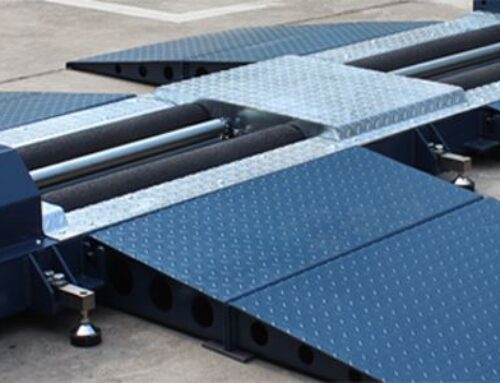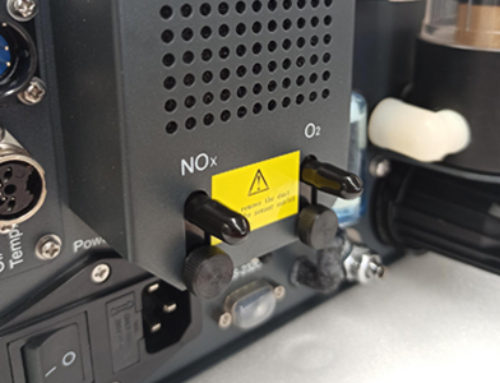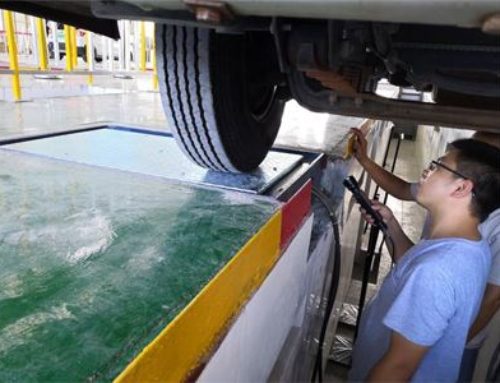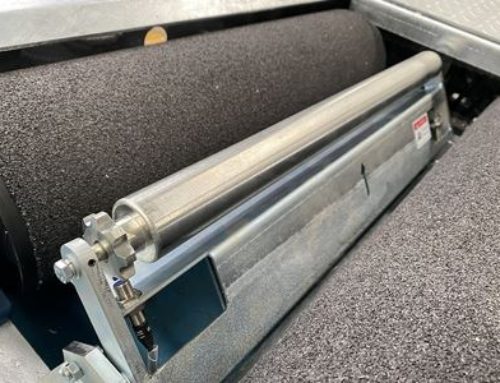The separation of the left and right brake tester benches allows for space-saving during transportation, but it also brings a series of installation challenges and may even affect measurement accuracy. Firstly, it is crucial to ensure that both sides’ rollers are aligned on a horizontal line to prevent vehicles from deviating during testing. Secondly, with the separation, the wiring connections become considerably complex, requiring the use of intermediate cables to connect sensors and control lines on both sides. Moreover, since the left and right sides are separate, the number of weighing sensors needs to increase from 6 to 8, not only adding to the cost but also requiring significant time to adjust all sensors on both sides to ensure that the two side benches are level.
In conclusion, although the separate benches save costs during transportation, the considerations regarding installation complexity and measurement accuracy demand serious attention. For regular brake tester that do not require frequent mobility, we recommend using split structures. However, for mobile brake tester, we suggest using integrated platform bodies. When making your choice, carefully weigh the pros and cons to ensure you select the model that best suits your needs.
